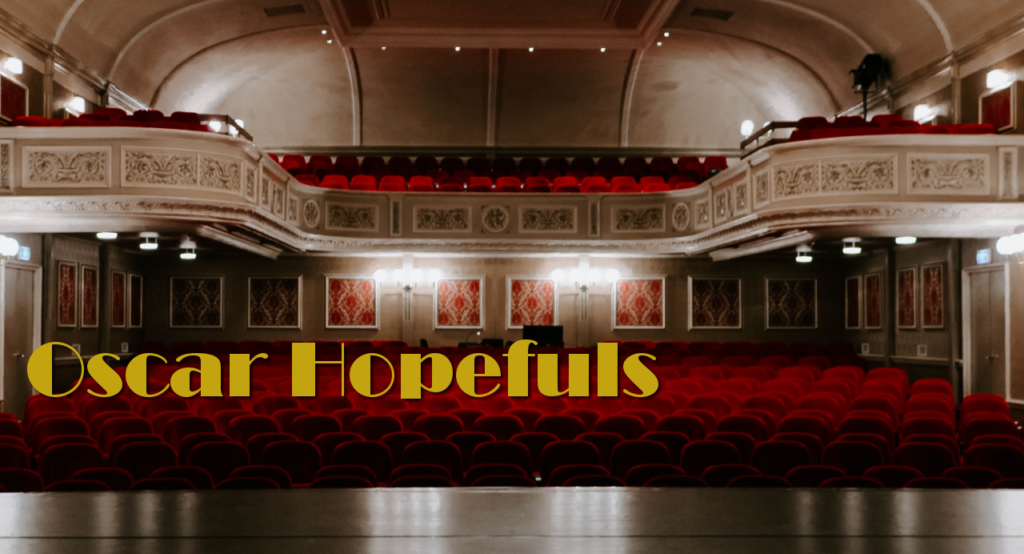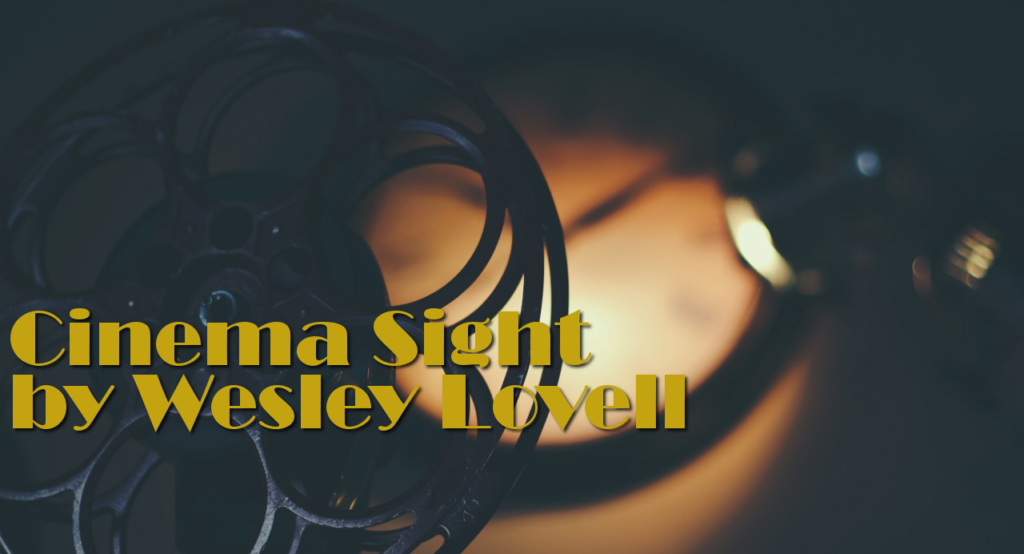
Nosferatu
Rating
![]()
Director
F.W. Murnau
Screenplay
Henrik Galeen
Length
81 min.
Starring
Max Schreck, Gustav v. Wangenheim, Greta Schroeder, Alexander Granach, G.H. Schnell, Ruth Landshoff
MPAA Rating
Unrated
Review
Few directors of the silent era produced work that was artistic. Much of the work was designed to dazzle and impress the audience with the magic of film. That studio approach still exists in modern filmmaking, but among the wrecks of our era, a gem or two pops up that validate the entire genre. The same can be said of the silent era and F.W. Murnau is a large part of that.
While Hollywood was busy foisting its mass-produced wares on American audiences, European directors were emerging as the auteurs of the period. Fritz Lang and Murnau led that charge and are responsible for three of history’s greatest films. Lang produced the amazing futuristic, anti-industrial film Metropolis and Murnau gave us Nosferatu while still in Germany. When Murnau finally made the voyage across the sea, he didn’t compromise his artistic vision, he held on tightly. Sunrise is still considered by many as one of the greatest films ever made. Much of that film’s visual style is evident in Nosferatu.
Nosferatu is loosely based on the Bram Stoker gothic horror novel Dracula. All of the names (save that of Lucy) were changed and a new brand of monster was created. While many find Bela Lugosi’s later portrait of Dracula to be the finest such envisioning, Murnau gave us the marvelous Max Schreck. Instead of making him an attractive charismatic fellow, Schreck made him a pitiable and ugly man, truly frightening when you understand what was scary during the period.
Beyond the main character Graf Orlok, the rest of the characters were virtually the same as those in the literary source. That the names were changed suggests that an attempt to bypass the copyright owner was made and a settlement with Stoker’s widow resulted in many of the film’s prints being destroyed. Regardless, what remains is as terrifying as anything produced during the period.
Murnau employed an amazing lighting technique whereby shadows were given hard edges to create depth that wasn’t there. The result is a beautiful landscape of light and dark that blends perfectly with the detailed but minimal sets. Much of the film is shot during the day time, but another artistic flare added to the film was colored tinting. A bluish tint represented night while the standard coloring was used for day.
Many of us know the story well enough to realize there are segments left out. However, the artistic merit of the film more than makes up for any flaws. The use of intertitles isn’t as spare as it would be in Murnau’s Sunrise, but they are quite limited in number which serves Murnau’s creative style perfectly allowing for near perfect understanding by the audience when watching the film.
Murnau is an immense talent in the history of film. His craftsmanship is undeniable and his influence immeasurable. Through Nosferatu, he showed us what could be achieved with the right level of creativity and passion. For that, we can be ultimately grateful that not every print was destroyed and that we’ve had the opportunity to sample a fine example of cinema as art.
Review Written
May 19, 2007


















Leave a Reply
You must be logged in to post a comment.